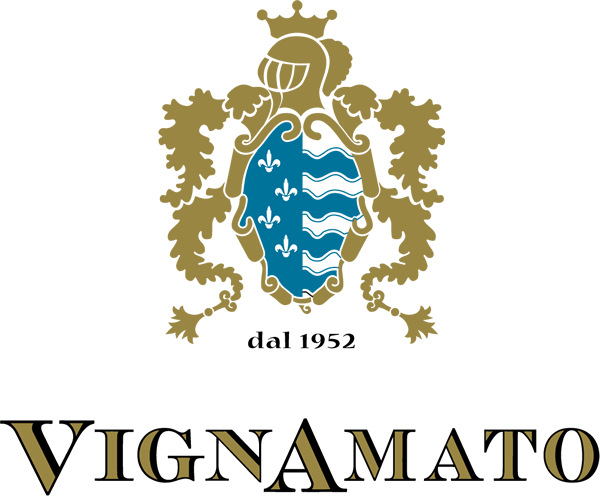San Paolo di Jesi
Caring guardian of our wines

The municipality of San Paolo covers an area of 10.07 sq. km; among the 49 municipalities in the province of Ancona, it occupies the last places in terms of territorial extent.
The historic center is situated at 224 m.a.s.l., however, it ranges from 350 mt in the highest part of contrada Follonica to 100/110 mt along the Cesola stream: a rather gentle morphology with no fractures or particularly steep slopes.
The oldest rocks outcropping in the area date back to the Pliocene succession (5 million years ago). The tectonic movements that followed one another during the last stages of the formation of the Earth’s crust ( 4-2 million years ago ), contributed to the current structural arrangement of the territory and led to the emergence of the aforementioned clay-sandy formations.
A particular aspect should be noted northwest of the town toward the Cesola torrent: the area has been subject to landslide phenomena for centuries, which gave rise to the place names contrada Valle delle Lame and the related Fosso delle Lame.


Another peculiarity, typical of our municipality, are the so-called "mud volcanoes," two in particular: one in contrada Fonte and the other in contrada Battinebbia.
They are called “vulcanelli” because the muddy materials that come out of the ground pushed by gases are arranged in such a way as to reproduce, on an extremely small scale, a real volcanic structure, with the typical conical shape and the corresponding crater.
Of particular importance, finally, in the conformation of our territory, turns out to be the Cesola torrent, which marks for a stretch the border between the municipality of Cupramontana and that of San Paolo and which, due to the presence along its course of a spring rich in mineral salts, is at the origin of the toponym Acquasalata.
In past centuries the spring was valued for its therapeutic prerogatives, so much so that it was called “holy water” by the local ancients. During the last world war, with the lack of salt, many people took the water for cooking food or, by boiling it, made salt directly from it.

